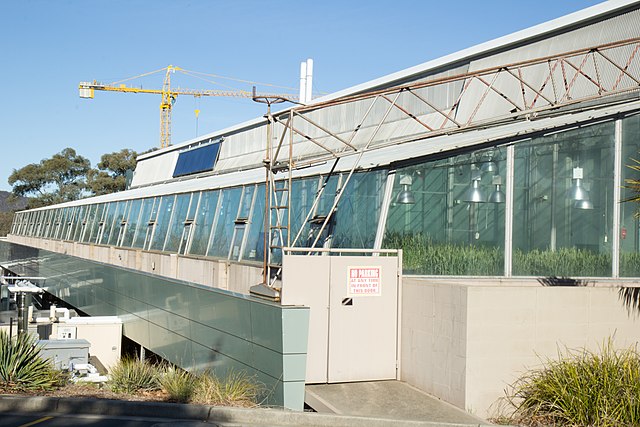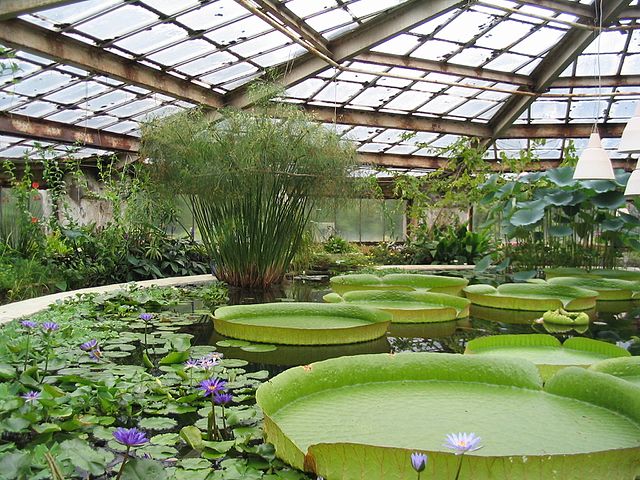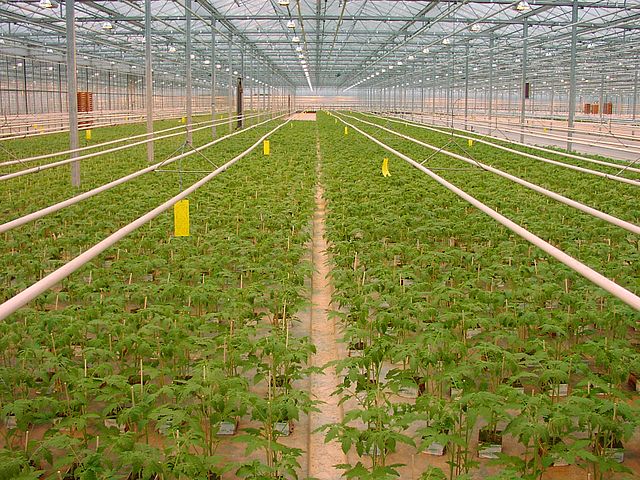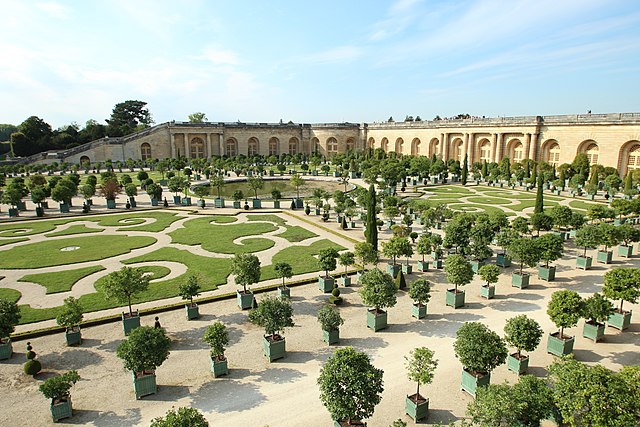A phytotron is an enclosed research greenhouse used for studying interactions between plants and the environment. It was a product of the disciplines of plant physiology and botany.
Phytotron at Estonian University of Life Sciences
Commonwealth Scientific and Industrial Research Organisation (CSIRO)'s phytotron in Canberra, Australia
A fertilizing robot and a phytotron at the laboratory of the Biogenet company in Józefów, Poland
A greenhouse is a special structure that is designed to regulate the temperature and humidity of the environment inside. There are different types of greenhouses, but they all have large areas covered with transparent materials that capture sunlight and heat. The most common materials used in modern greenhouses for walls and roofs are rigid plastic made of polycarbonate, plastic film made of polyethylene, or glass panes. When the inside of a greenhouse is exposed to sunlight, the temperature increases, providing a sheltered environment for plants to grow even in cold weather.
Victoria amazonica (giant Amazon waterlilies) in a large greenhouse at the Saint Petersburg Botanical Garden
Young tomato plants for transplanting in an industrial-sized greenhouse in the Netherlands
Cucumbers reached to the ceiling in a greenhouse in Richfield, Minnesota, where market gardeners grew a wide variety of produce for sale in Minneapolis, c. 1910
Versailles Orangerie at the Palace of Versailles, France.







